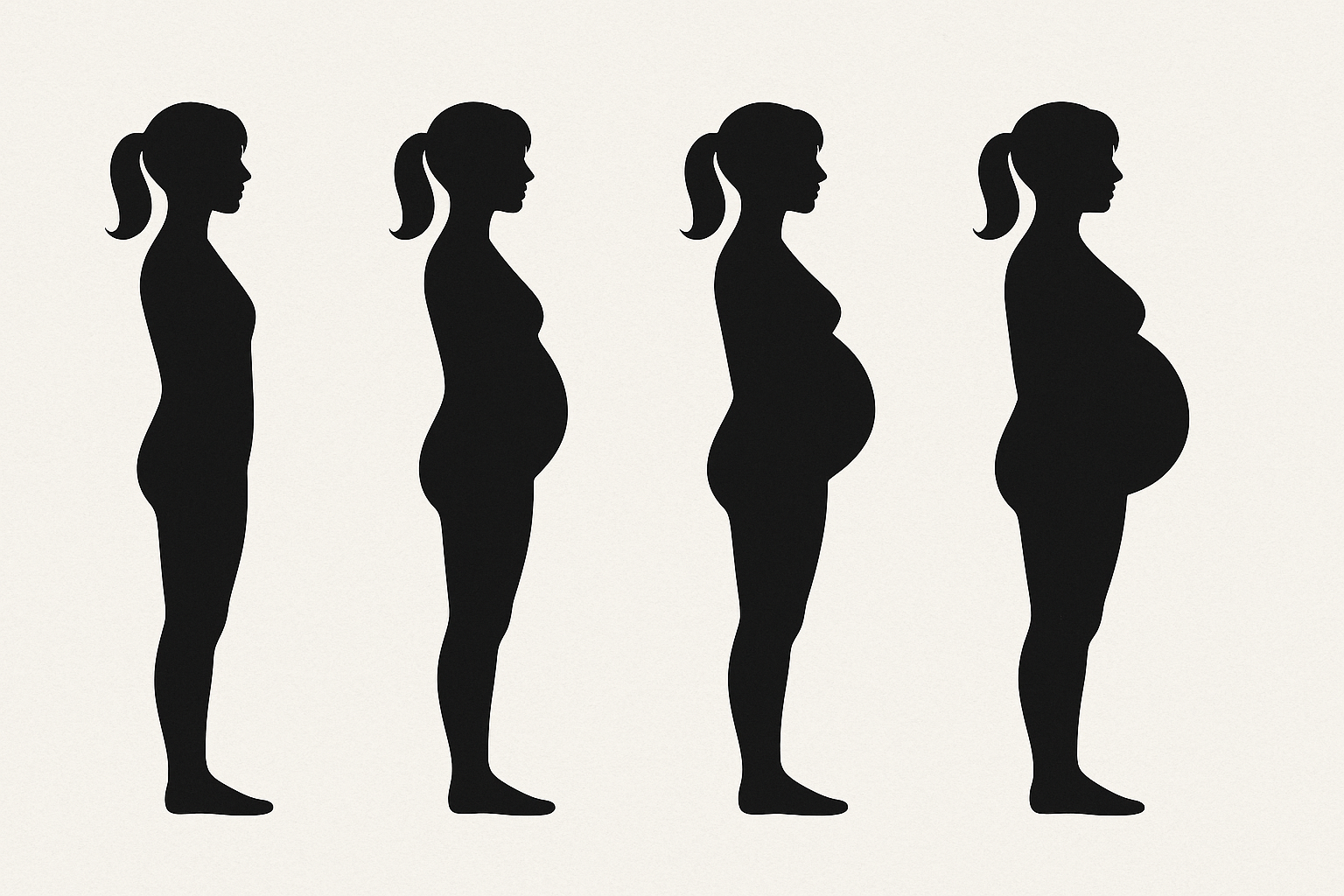I often field the question about what is the best pillow. I have to retrain the patient to ask a more important question: “What is the best pillow for me right now?”
Pillows are as individual as mattresses, there is no one-size-fits-all. Patients need to figure out what pillow will likely work for them based on their body type, existing cervical spine problems, and their sleeping position.
Sleeping position: for back sleepers, the pillow needs to be thinner to avoid pushing the head in flexion and aggravating cervical spine loss of normal curve. Ideally the pillow needs to have a slight raised edge to support the cervical curve forward and a middle dip to let the back of the head cradle back (“doughnut type pillow”). Alternately, a pillow made of a material that can be molded to shape the head/neck junction can also work (feather, foam pieces). For side sleepers, the pillow will need to be thicker to support the distance between the ear and shoulder to keep the head/neck in line with the midback. You need to subtract the distance that your shoulder will sink into your mattress, which will depend upon the weight of your trunk and the thickness of the mattress top layer.
People alternating between back and side sleeping are the most difficult to fit with the right pillow. Usually you will need a very moldable pillow or a properly sized doughnut pillow to accommodate the position change.
Body type: In order to account for the amount of compressive forces, larger trunks and heavier heads will need a heavier density pillow and conversely petite individuals can use a lighter density fill. Higher quality pillows will usually have at least two fill/density options (especially feather pillows).
Existing cervical spine issues: the firmness of a pillow is a very individual preference. By the time people show up in my office they have often tried several pillows and have already figured out what firmness works best for them. As a general rule people with active inflammatory cervical degenerative issues will need a softer, more contouring material. You can still have a firmer base such as structure foam as long as you have a couple inches of softer material on the periphery. There are a variety of softer options on the market including feather, broken foam, fillable water bladders and inflatable air bladders. The latter two options are less common but some patient enjoy the flexibility of modifying the thickness and firmness as needed.
Also remember that pillows have a relatively short life span, and usually need to be replaced every couple of years.





